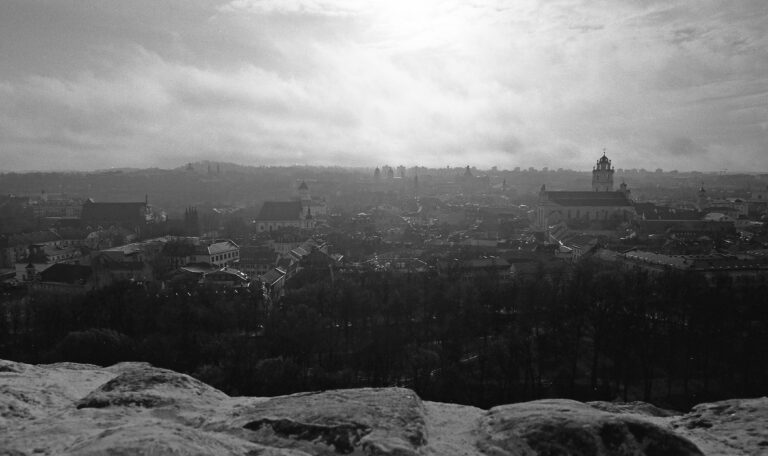Due to its urban landscape and the preserved variety of buildings across its 352 hectares, historic Vilnius is a remarkable example of a Central European city that evolved naturally over five centuries. The harmony and integrity of the city, manifested as the result of the interaction between human creativity and the natural environment, is clearly reflected in its distinctive silhouettes and panoramas. These are shaped by urban structures, including 865 historical buildings (324 in 1994), representing Gothic, Renaissance, Baroque, Classicism, and 19th-century historicizm architecture, all integrated with the natural surroundings. The medieval radial street network, branching in various directions to mark former roads leading to other cities of the Grand Duchy of Lithuania, is of significant value. Narrow streets divide the Old Town into irregular blocks, while large squares were introduced in later periods.

Photo: Gediminas Pranckūnas
